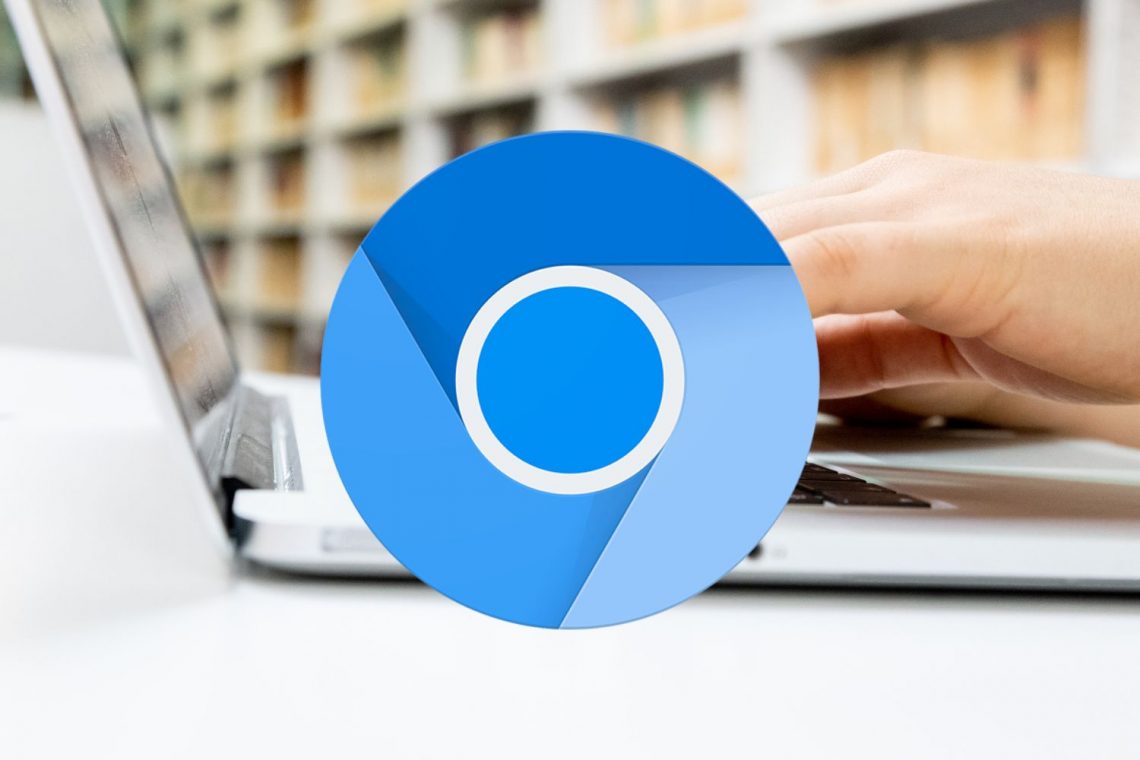Chromium Edge, which is a combination of Chromium and Edge, has the ability to address the concerns raised previously with browser DRM. To summarise, there is no possibility that it could ever be a solution to the problem.
As a result of studying the preview version of Edge, I came to the conclusion that the DRM functionality made available by Chromium Edge differs in the following ways depending on the operating system:
Microsoft Windows 10’s compatibility with Chrome’s Edge browser
The version of Chromium Edge that comes pre-installed in Windows 10 is capable of supporting both PlayReady and Widevine DRM. This is the first major browser to contain not one, but two digital rights management systems (DRMs), as well as an anti-piracy application.
When PlayReady is used for playing DRM content, it provides the same level of support for hardware-level DRM and the ability to disallow screen recording as the current version of Edge does. Because Widevine DRM relies on software level security rather than hardware level protection, the video can be recorded from the screen using a screen recorder. This is because software level security is easier to circumvent than hardware level security.
When you are offering content that is safeguarded by digital rights management (DRM), one thing that you should keep in mind is that the Windows 10 version of Chromium Edge may require you to alter the DRM detection mechanism in your browser. This is something that you should keep in mind.
Web sites that play multi-DRM content are obliged to detect the types of Digital Rights Management (DRM) and Encrypted Media Extension (EME), and then apply the DRM settings that are appropriate for the environment of the browser. This is a requirement that was put in place by the MPAA. If the logic is created to check only the user agent information of the browser or the presence of Widevine, then there is a chance that Chromium Edge will be mistakenly labelled as a Chrome browser. If this occurs, the DASH content will be played using Widevine DRM rather than PlayReady, and you will not be able to take use of the benefits offered by PlayReady, including the fact that screen recording and hardware DRM will not be required.
Even though it is technically possible for a studio or content producer to use AES protection for their own content on their own, it is possible that they will not be able to plug the hardware-based leakages or stop the insecure transmission of AES keys between devices or between the server and the client device. This is because hardware-based leakages are caused when there is a mismatch in the encryption algorithms used by the server and the client device. This is due to the fact that hardware-based leakages are created when there is a mismatch in the encryption methods that are utilised by the server and the client device. [Citation needed] This is due to the fact that the only people who can fix leaks produced by hardware are the ones who make the hardware themselves. This is due to the fact that leaks produced by hardware can only be patched by an external entity that has access to the hardware in question. The reason for this is as follows: The following explanations are available for this phenomenon: When it comes to securing video content with an AES layer, a multi-DRM solution is utilised, and the selection of this option is what creates a bridge between the gap that has been built in this regard.





